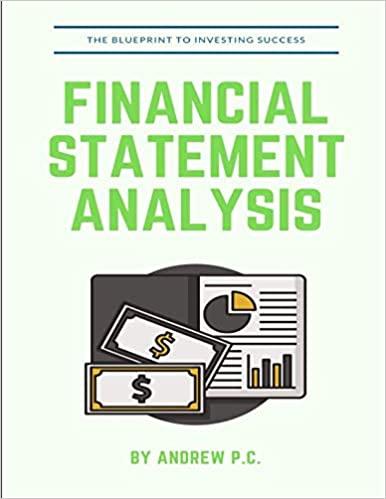On December 31, 2018 (i.e., assume this is today), a commercial bank owns a 4.50% U.S. Treasury Bond due December 31, 2033, with a face value of $20 million, and with annual interest payments. The current market interest rate yield to maturity for this bond is 5.35 %, so this means the current market value of the bond is selling for $18,276,472.20, which means the bank has already lost value. The bank is concerned about losing even more value for this bond, and wants to use a futures contract to manage its price risk. What kind of futures contract should it do? It should "sell" a Stock Index Futures contract with a settlement date as far into the future as it can, for any stock index available; it should use a stock index futures contract because stock prices are more sensitive to changes in interest rates than bond prices, so if market interest rates decrease in the future, then stock prices will increase to such an extent the bank will make a larger profit than if the bank did a Treasury Bond Futures contract. It should "sell" a Treasury Bond Futures contract with a settlement date as far into the future as it can, for a pool of U.s. Treasury Bonds that includes its bond; in this way, it will lock-in a price/value for the settlement date (i., it will receive a fixed cash payment for "selling"), and it can pay on the settlement date a cash payment based on the current market value of the bond on the settlement date. If the market value of the bond decreases between today and the settlement date, it will receive a net positive cash flow (because the selling price it locked-in today would be higher than the cash it would have to pay). It should "buy" a Treasury Bond Futures contract with a settlement date as far into the future as it can, for a pool of U.S. Treasury Bonds that includes Its bond; in this way, it will lock-in a price/value for the settlement date (i.e., it will pay a fixed cash payment for "buying"), and it can recelve on the settlement date a cash payment based on the current market value of the bond on the settlement date. If the market value of the bond decreases between today and the settlement date, It will pay a net negative cash flow (because the buying price it locked-in today would be lower than the cash it would have to pay)







